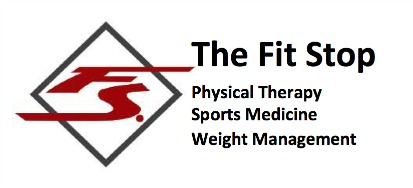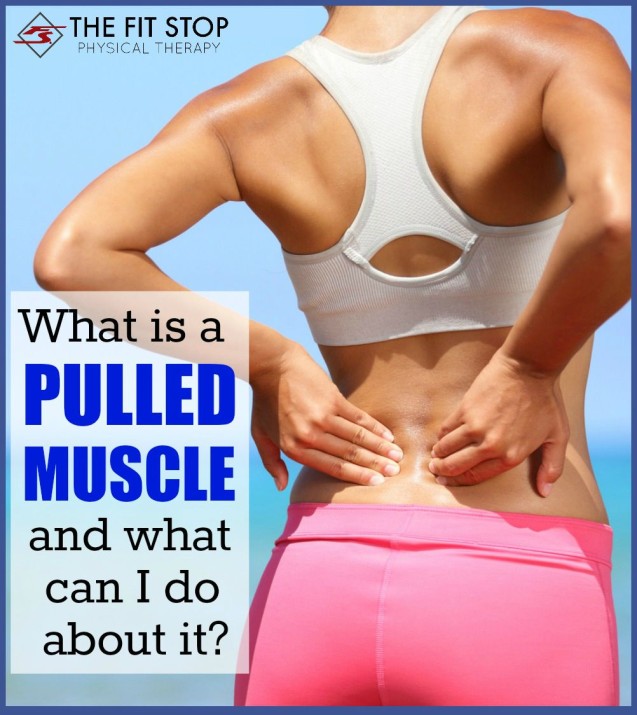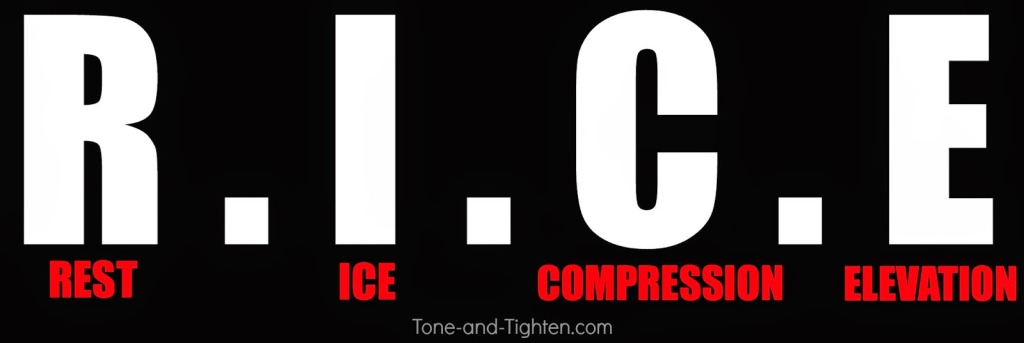What is a pulled muscle and what can I do for it?
Muscle strains – what they are and what you can do to help heal them.
We’ve all been there before (some of us more than others!) – it’s that one lift that was too heavy, the one sprint that was too fast, and even that one motion that tweaked things just right. Yep – today we’re talking pulled muscles here on The Fit Stop Blog! As a physical therapist this is a problem that I encounter in my patients on a daily basis. Knowing what they are and knowing the steps you need to take after it happens is vital to improving healing time and maximizing your potential for recovery. Today is all about muscle pulls – what they are, how they happen, and information you need to know to help you make a speedy and complete recovery.
What is a pulled muscle? Think of your muscles like a piece of fabric that you are holding in front of you between your two hands. If I were to pull on that fabric, it would stretch up to a certain point. If I then continued to pull some of those
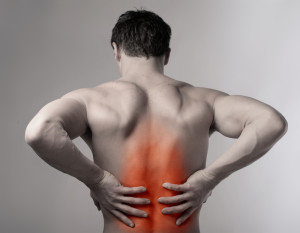 fibers would start to break. Eventually, given enough force, the entire piece of fabric would rip right in half. Our muscles are very similar. They can tolerate stretching up to a certain point before structural damage starts to occur. Muscle strains, or “tears”, happen when a muscle is pulled or stretched beyond its physiological range or capability. The muscle fibers then literally “tear” apart similar to the cloth analogy. This tearing is usually a result of too much stretch (a passive pulling of the muscle) or too much strain/trying to lift too heavy, too much, etc (an active pulling of the muscle).
fibers would start to break. Eventually, given enough force, the entire piece of fabric would rip right in half. Our muscles are very similar. They can tolerate stretching up to a certain point before structural damage starts to occur. Muscle strains, or “tears”, happen when a muscle is pulled or stretched beyond its physiological range or capability. The muscle fibers then literally “tear” apart similar to the cloth analogy. This tearing is usually a result of too much stretch (a passive pulling of the muscle) or too much strain/trying to lift too heavy, too much, etc (an active pulling of the muscle).What to do after you pull a muscle: After an acute muscle pull, the best principles to follow are the acronym R.I.C.E (I actually wrote a whole article on the steps to take after an acute injury – you can check it out here). REST – take it easy for 3-5 days; don’t exert the muscle for fear of re-injury. ICE – keeping it cold will decrease inflammation and pain. COMPRESSION – neoprene sleeves, ace wraps, compression garments, etc will offer support and protection during this injury phase. ELEVATION – keeps swelling to a minimum. Gentle stretching to the area will also help and regular dosing of anti-inflammatories will help take the edge off. After 3-7 days (depending on your tolerance and the extent of the injury) introducing GENTLE exercises (initially bodyweight only) will help the muscle to recover faster.
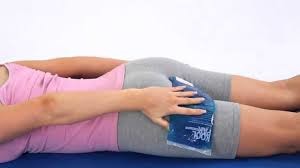 What to expect if you did pull a muscle: Appropriate time frames for a simple muscle strain (nothing too complex) are as follows:
What to expect if you did pull a muscle: Appropriate time frames for a simple muscle strain (nothing too complex) are as follows:
Unfortunately muscle strains are painful and limit a lot of our activities. Fortunately there’s a lot that physical therapy can to to help! If you suspect you may have a muscle strain we would love to see you in one of our clinics. Click the link below to speak with a therapist and get on out schedule so you can get back to those things you really enjoy doing:
Heber City Salt Lake Farmington Murray
Jared Beckstrand, PT, DPT
Fit Stop Physical Therapy – Farmington
172 N East Promontory Ste 200
Farmington, UT 84025
(801) 558-8612
